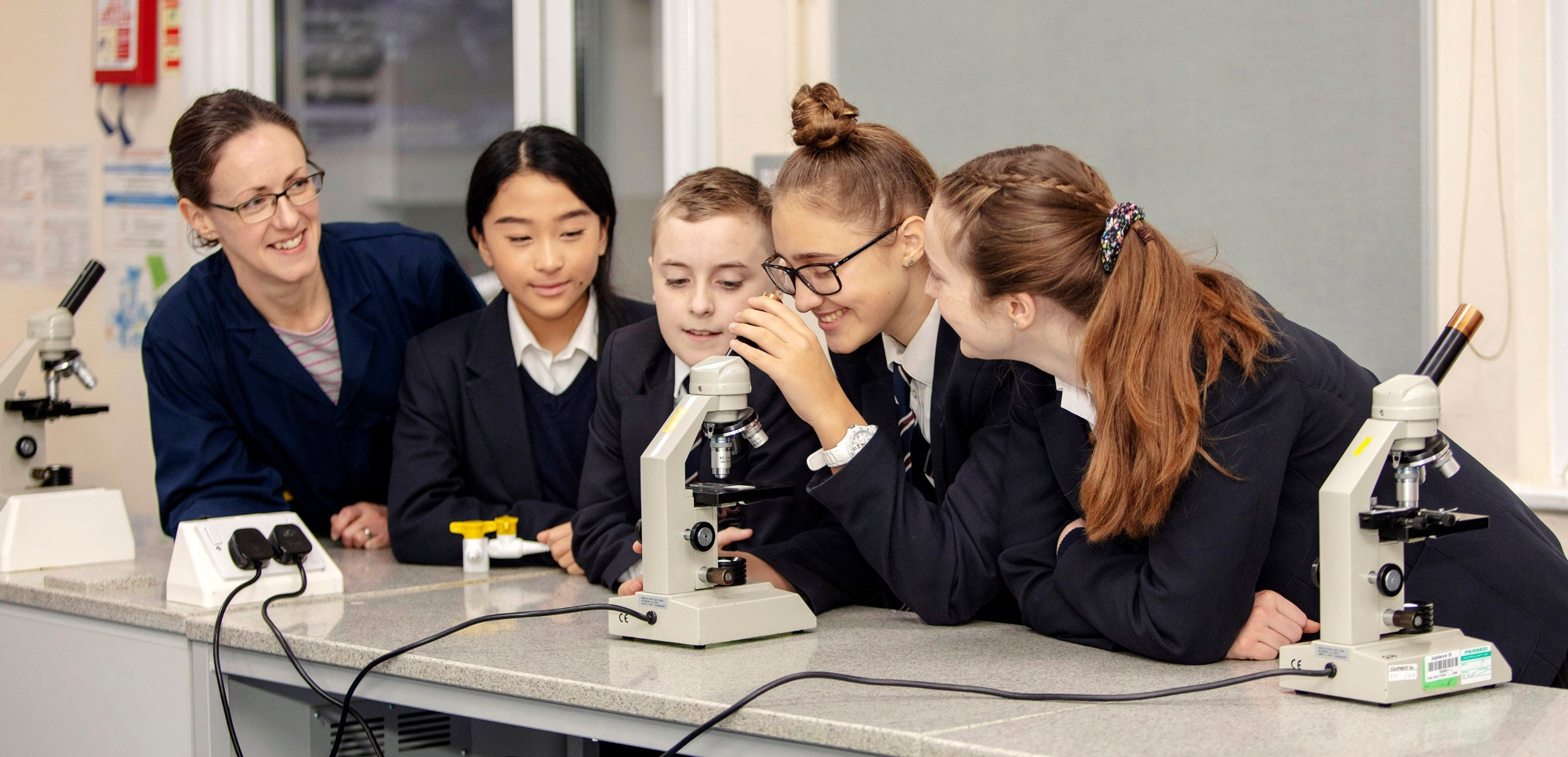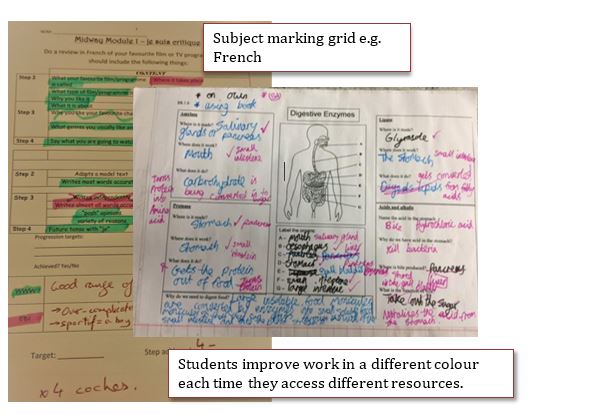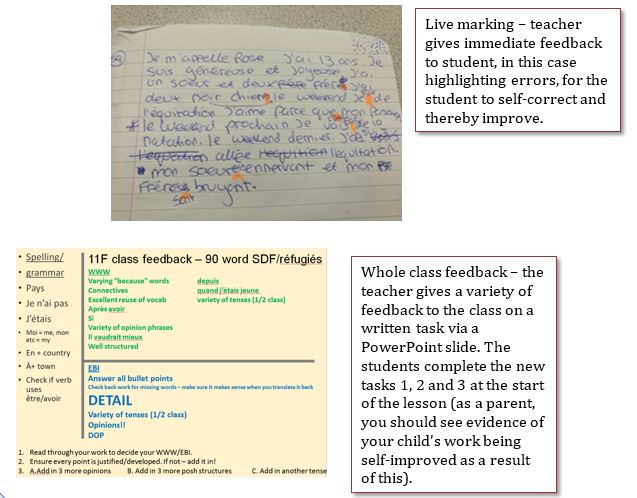Feedback for Learning
Information for Parents
Introduction
Over recent years we have been actively engaged as a College in developing the ways we give feedback to our students. Our approach is based on evidence informed best practice and educational research. This research is clear – the feedback given to students is the most powerful tool we have to improve learning.
This work has led us to create a UCC Feedback to Learning approach. We expect our teachers to use a variety of assessment for learning techniques in the classroom to support student progress and learning. This practice is regularly evaluated to ensure we make effective use of all assessment opportunities and share best practice across the school.
So, what is feedback?
Feedback is information given to a student that improves their learning. It can be about their learning, the learning activity or the student’s management of their learning. Feedback can be verbal, written or through tests or via digital means. It can come from the teacher, teaching assistant or other students. The feedback teachers provide for students should form the basis of planning for future learning.
Feedback will vary with age, subject, teacher and between students. It should be as instant as possible and should be given on the most appropriate work or task in order to maximise impact. Feedback should be specific, motivational and direct students how to make progress.
We don’t prescribe how often feedback is given – departments and teachers choose the ‘how’ and ‘when’ in order to maximise the impact of the feedback. We expect our teachers to put their energy into providing high quality learning experiences and feedback for our students every lesson.
So what does good feedback look like?
There are many different ways to give good feedback for learning, but here are a few examples:
Peer Assessment is when students mark each other’s work. Research shows this to be more effective than a teacher marking the work, because the students have to think about the work when they are marking it. If they are given clear criteria carefully explained by the teacher, then peer assessment benefits both students.
Verbal feedback is simple – it’s just the teacher giving instant, one to one advice on how a student can improve their work. However, the research and our own students tell us that this is the most powerful feedback available. You won’t see evidence of this, however! You have to trust us as professionals to be doing this every lesson.
Online feedback, such as when taking a web-based test for example via Bromcom or Bitesize. This is useful as it gives instant feedback to the student and often gives the correct answer and an explanation of why an answer is incorrect or correct.
Feedback grids are used in a variety of subjects and will be found in exercise books. These give clear direction of what a students did well (www – what went well) and what they need to do to improve it further (ebi – even better if).
Colour coding marking can be carried out in a number of ways. The teacher puts coloured marks on the students’ work, and on returning it displays a key to the class which leads to the students making improvements to their work. For example, a yellow highlight means a spelling error, green means incorrect tense, orange means missing accent etc. Students then have to think about how to correct their own work.
What to expect in your child's exercise books:
Please don’t expect to see every page of a book marked – we would expect our teachers to be focussing their time and efforts on the key pieces of work to give quality feedback on.
Also, don’t expect to see lengthy written comments on all pieces of independent work – this isn’t usually the most effective way of giving feedback to students, and a range of techniques should be seen.
Please do expect teachers to be choosing the most appropriate work to give students quality feedback on.
Please do expect teachers to be giving students frequent verbal feedback in lessons that helps them to make maximum progress.
Please do expect teachers to be investing their energies in providing a range of opportunities to give feedback for learning to students.
FAQs:
1. How do we know that teachers are giving good feedback if we can’t always see it in their books?
Answer: In addition to trusting our teachers to do a good job as professionals and by involving teachers in quality training we have a number of ways to monitor what goes on in our classrooms. Heads of department and senior leaders will frequently drop into lessons to see the quality of feedback being given and look at exercise books. In addition, staff will regularly share their good practice in giving feedback and our self-review evaluation and monitoring procedures will also scrutinise the quality of feedback given in lessons.
2. What’s wrong with more traditional marking methods?
Answer: Many schools across the country are responding to the overwhelming research evidence which highlights that the traditional ‘tick and flick’ marking of children’s books, and lengthy written comments by teachers, are not as effective as other methods of giving feedback to children. These are not new research ideas, but only recently are schools starting to embrace these techniques to improve children’s progress even further.
3. Should I expect feedback on all homework?
Answer: Not necessarily – teachers will choose if the homework task is the most suitable to give feedback on. It might be that the homework is to prepare for the next lesson or to revise for a test in which case feedback would be inappropriate. However, we do ask that all homework is acknowledged, either by the teacher or through self/peer assessment.





